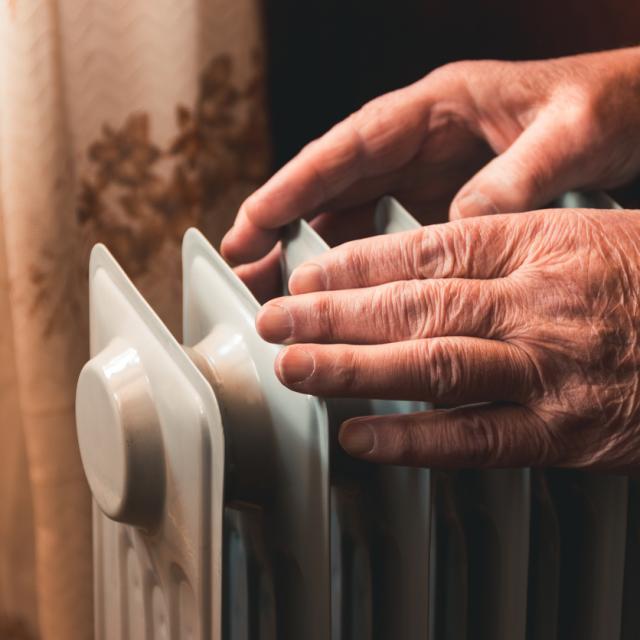Latest research on England’s oral health reports increasing tooth decay and widening inequalities
 Press release
Press release

Poor-quality housing is putting millions of older adults at risk of worsening health conditions, financial strain, and reduced quality of life. New research from the National Centre for Social Research (NatCen), in collaboration with the Centre for Ageing Better, reveals that more than one in five older adults in England are living in homes with serious problems—such as damp, water leaks, poor insulation, and structural issues. Many of these older adults are also managing health conditions exacerbated by cold and unsafe living conditions.
The study highlights the scale of England’s hidden housing crisis and its impact on public health and the economy. With older renters disproportionately affected, and Black and Minority Ethnic (BAME) communities more likely to live in poor housing conditions, the findings suggest an urgent need for a national strategy to tackle housing inequality and ensure all older adults can live in safe and warm homes.
This study is based on new data analysis using the English Longitudinal Study of Ageing (ELSA), a nationally representative panel survey tracking the health, housing, and financial well-being of older adults in England.
The analysis primarily involved descriptive statistics and cross-tabulations to examine the intersection of age, health issues, and poor housing conditions. Findings were scaled up using Census data to estimate the total number of older adults affected across England.
Key variables included respondents’ reports of poor housing conditions (e.g., damp, water leaks, cold homes, structural problems), sociodemographic factors, and self-reported health conditions that are exacerbated by cold and substandard living environments.
 Press release
Press release
 Press release
Press release
 Press release
Press release

Receive a regular update, sent directly to your inbox, with a summary of our current events, research, blogs and comment.
Subscribe